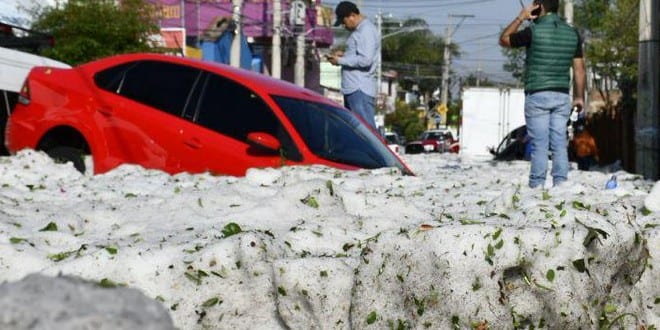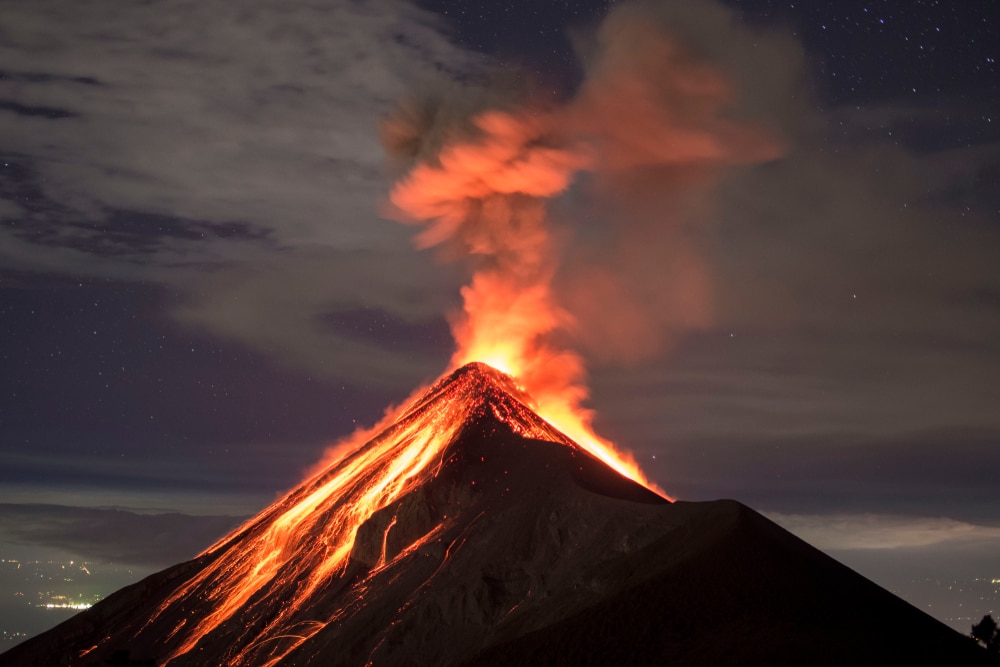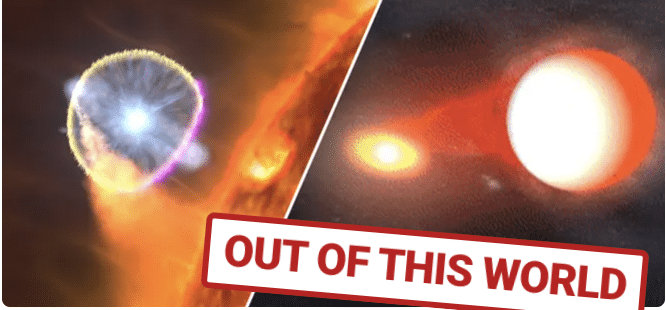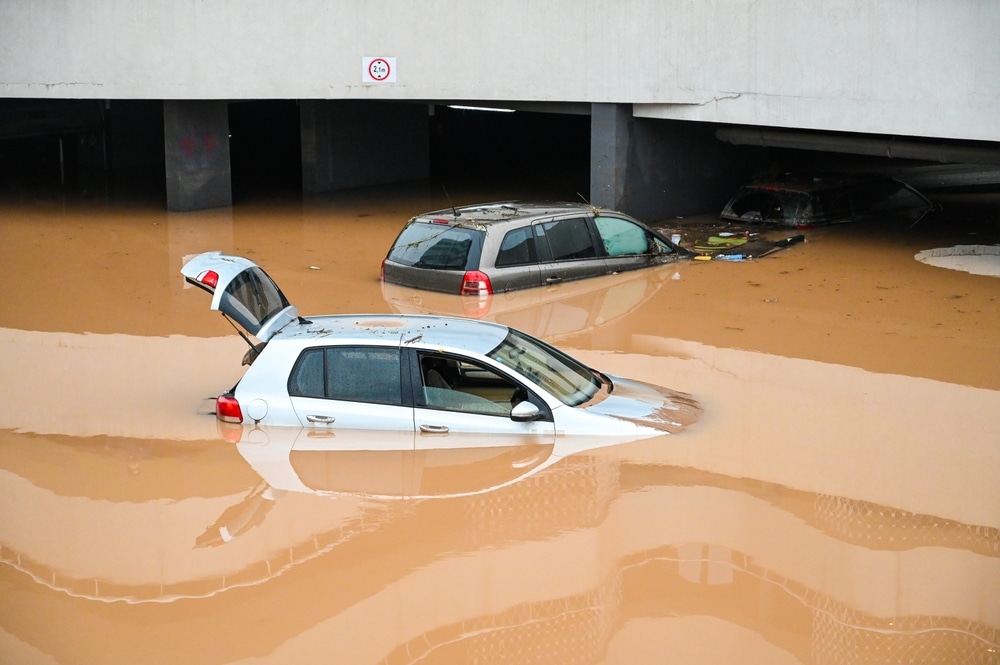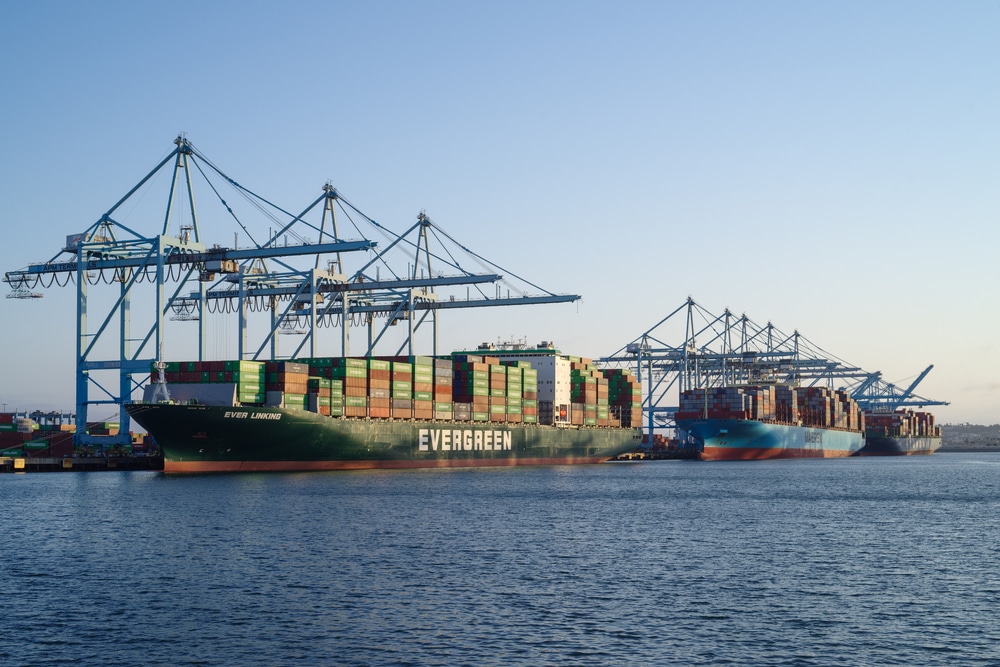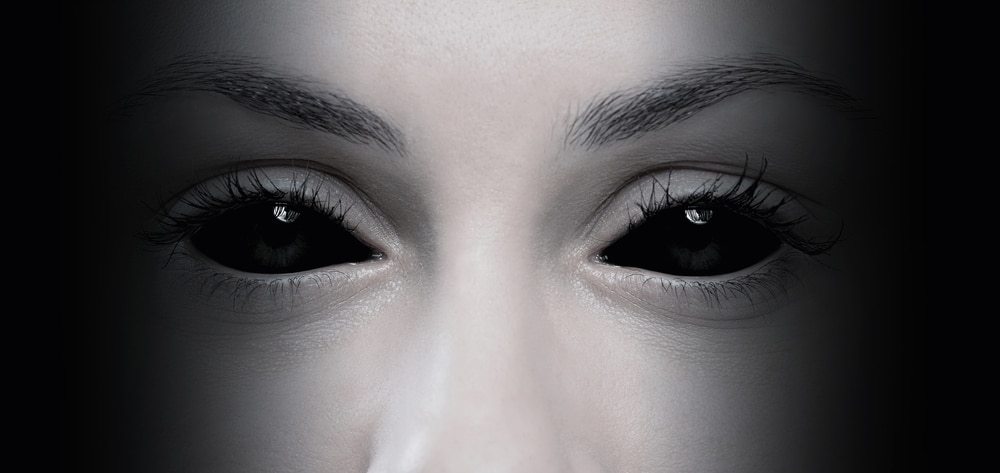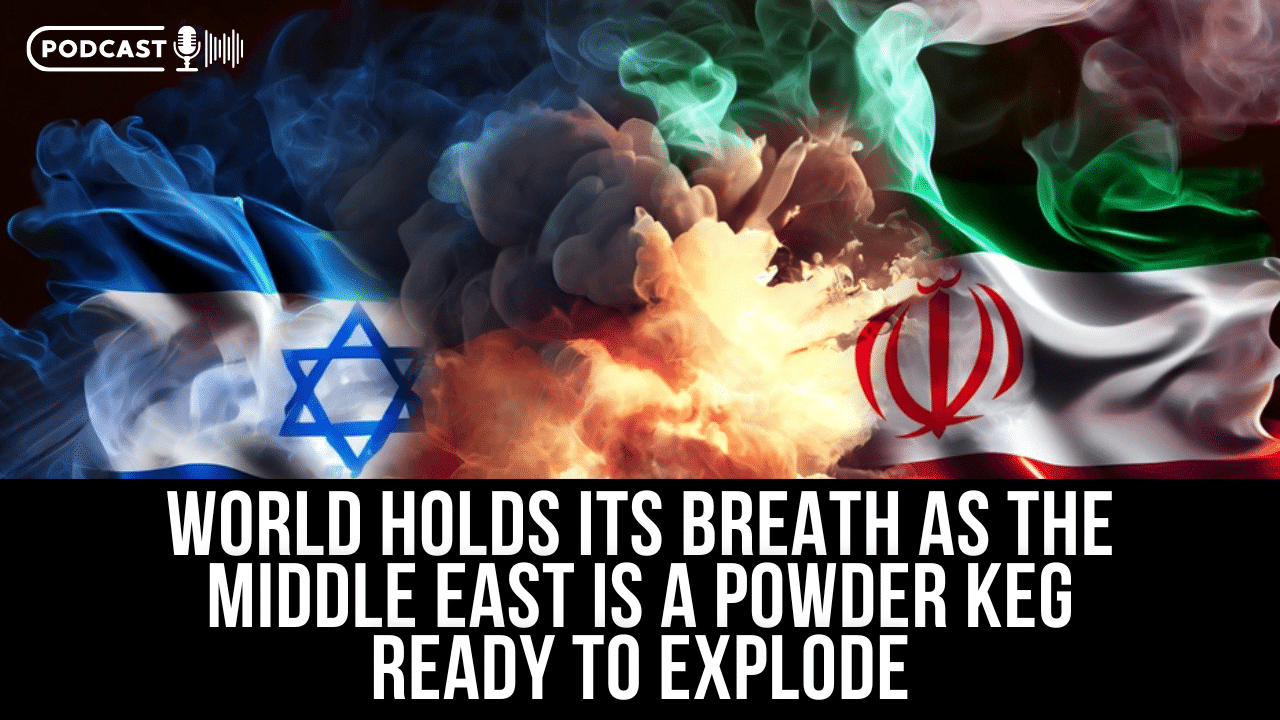OPINION (BIN) – A freak summer hailstorm in Mexico buried a city under five feet of ice, leading scientists to ponder whether climate change will lead to a reappearance of the seventh plague to a degree that could be even more destructive than what the Egyptians witnessed before the Exodus. A hailstorm hit Guadalajara, Mexico on Sunday, burying the city in ice up to five feet thick. Authorities reported that more than 200 homes and businesses were damaged and at least 50 vehicles were swept away. Army and emergency services personnel were called in to clear the streets overnight with heavy machinery and to support citizens who suffered damage to their homes. The storm was preceded by unseasonably warm temperatures of around 85 degrees Fahrenheit. The relatively warm temperatures melted the hailstones as the fell to earth, creating a river of ice and water. It may seem counterintuitive but warm temperatures do not prevent ice balls from raining down.
Hailstorms occur when warm, moist air from the ground rises upwards forming showers and storms. Temperatures higher up, even in summer, can get well below freezing, allowing ice crystals to form along with something called “supercooled water” which then grows into pellets of ice. Air rises rapidly in severe thunderstorms, suspending the hailstones and allowing them to expand in size. Eventually, they get too heavy and fall to the ground. For skeptics who do not believe that all of Egypt, a notably arid country, this recent appearance of extreme weather graphically dispels this doubt making a literal reading of the Bible more credible. This particular aspect of hail, its ability to coexist with heat was hinted at in the Biblical account of the seventh plague that struck Egypt that appeared with its elemental opposite: fire. READ MORE

